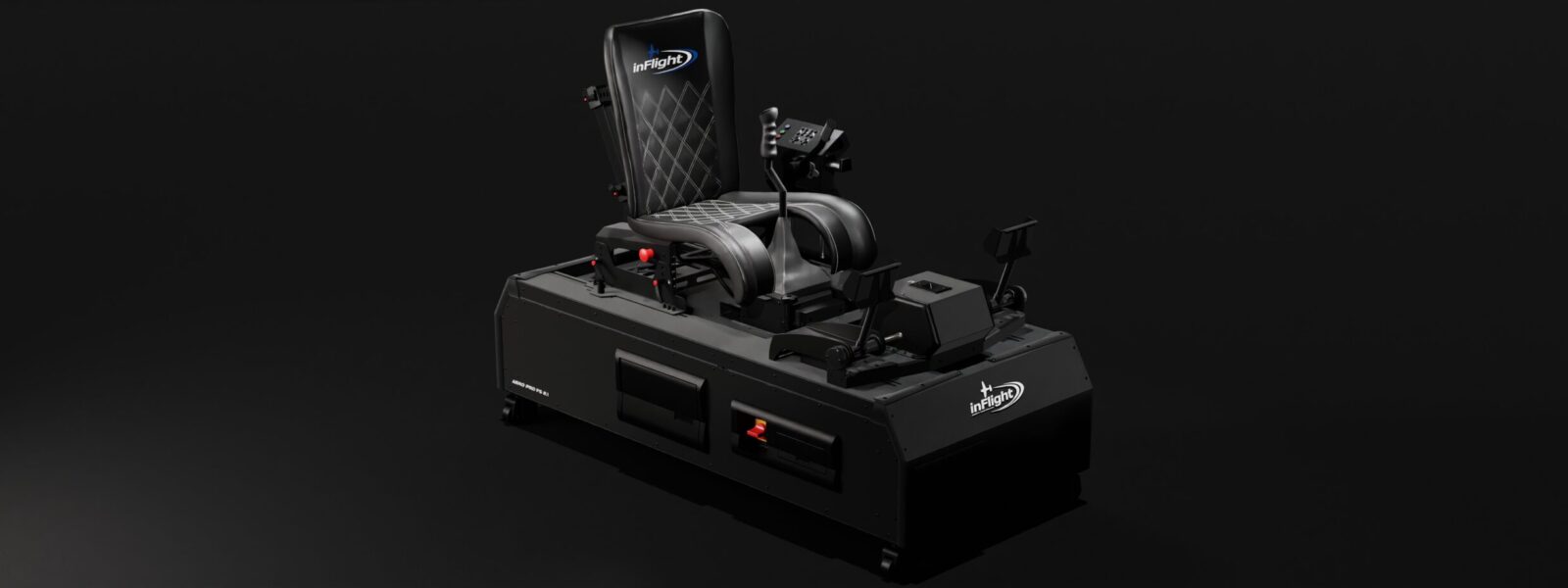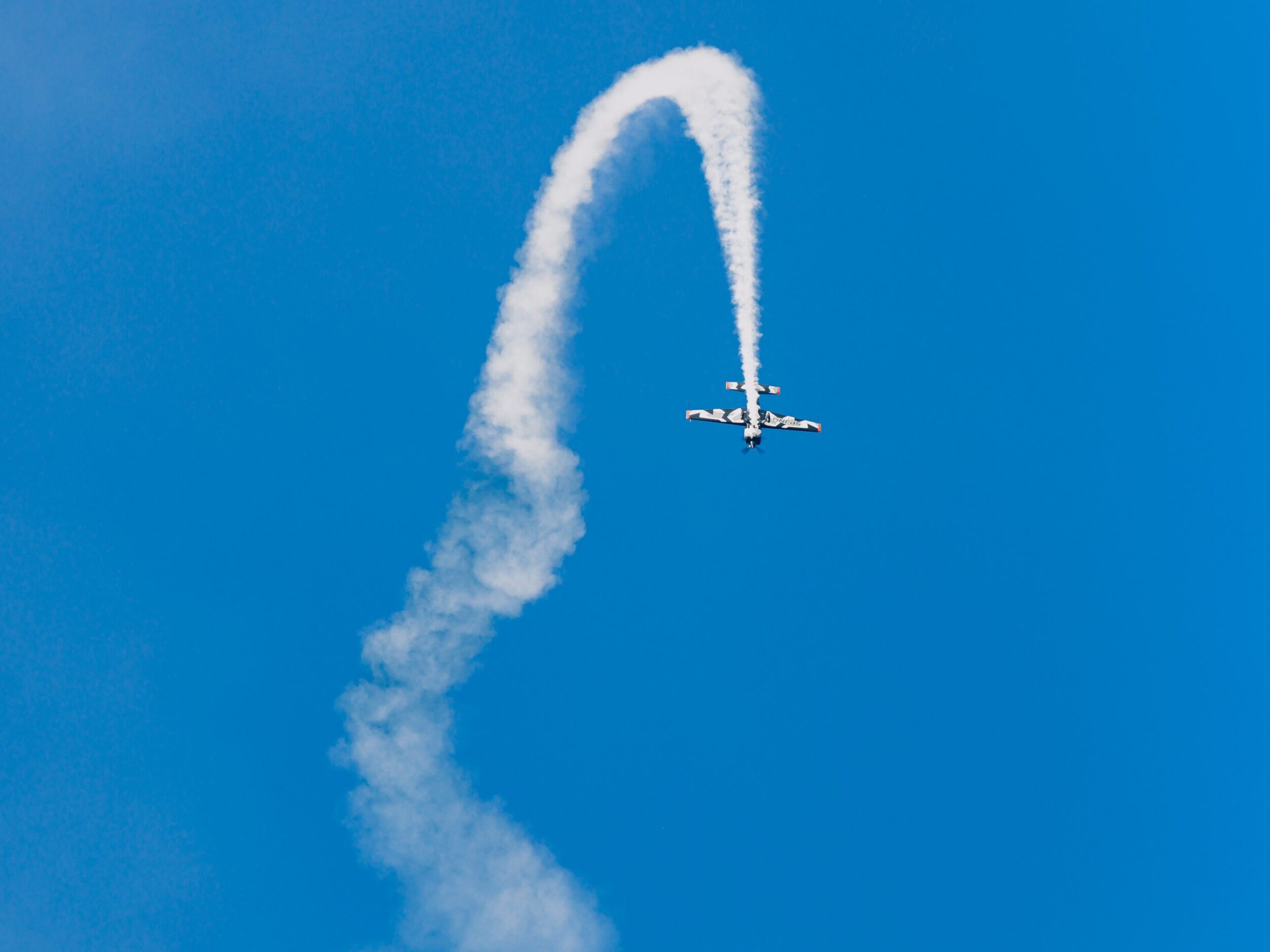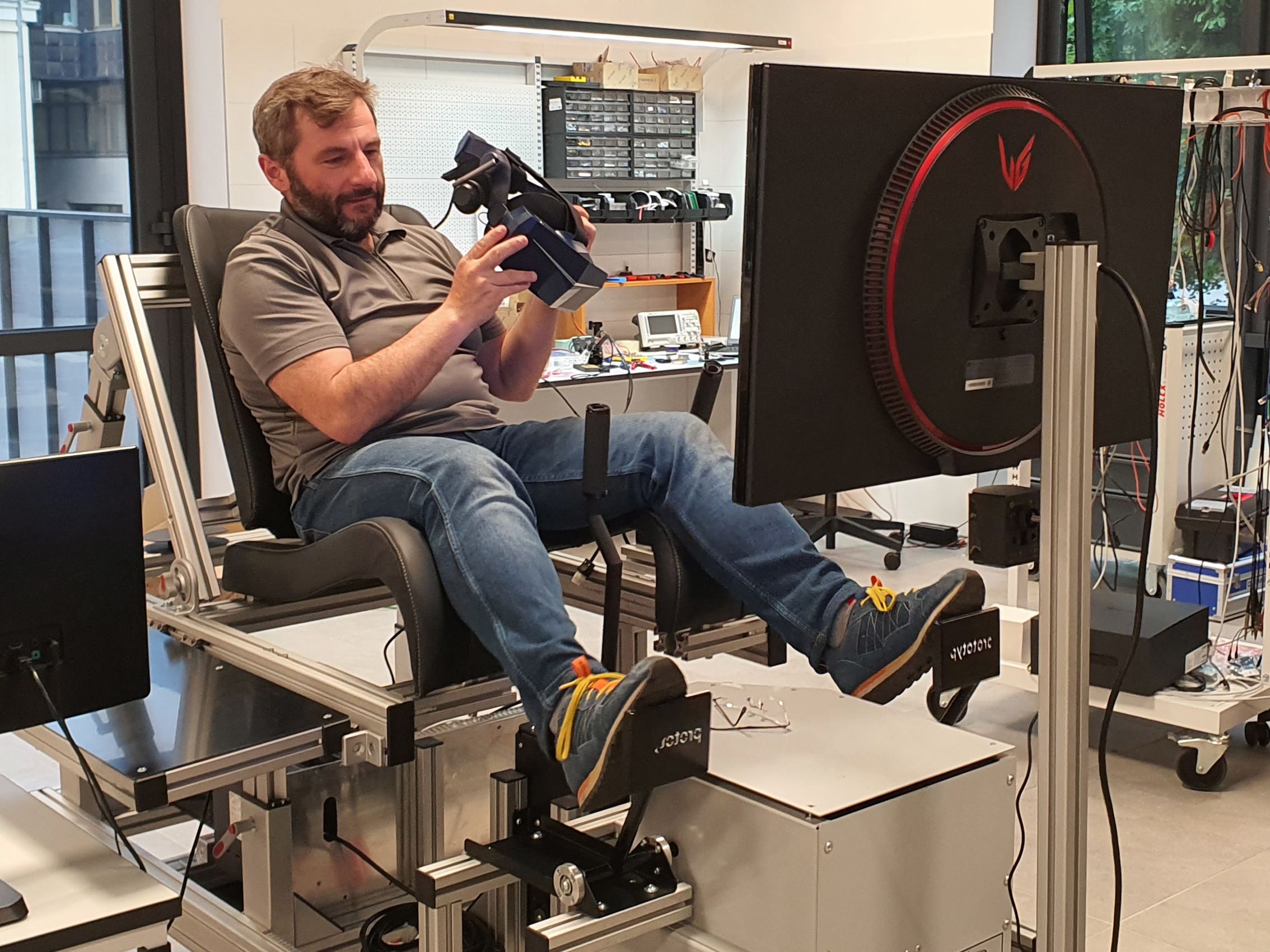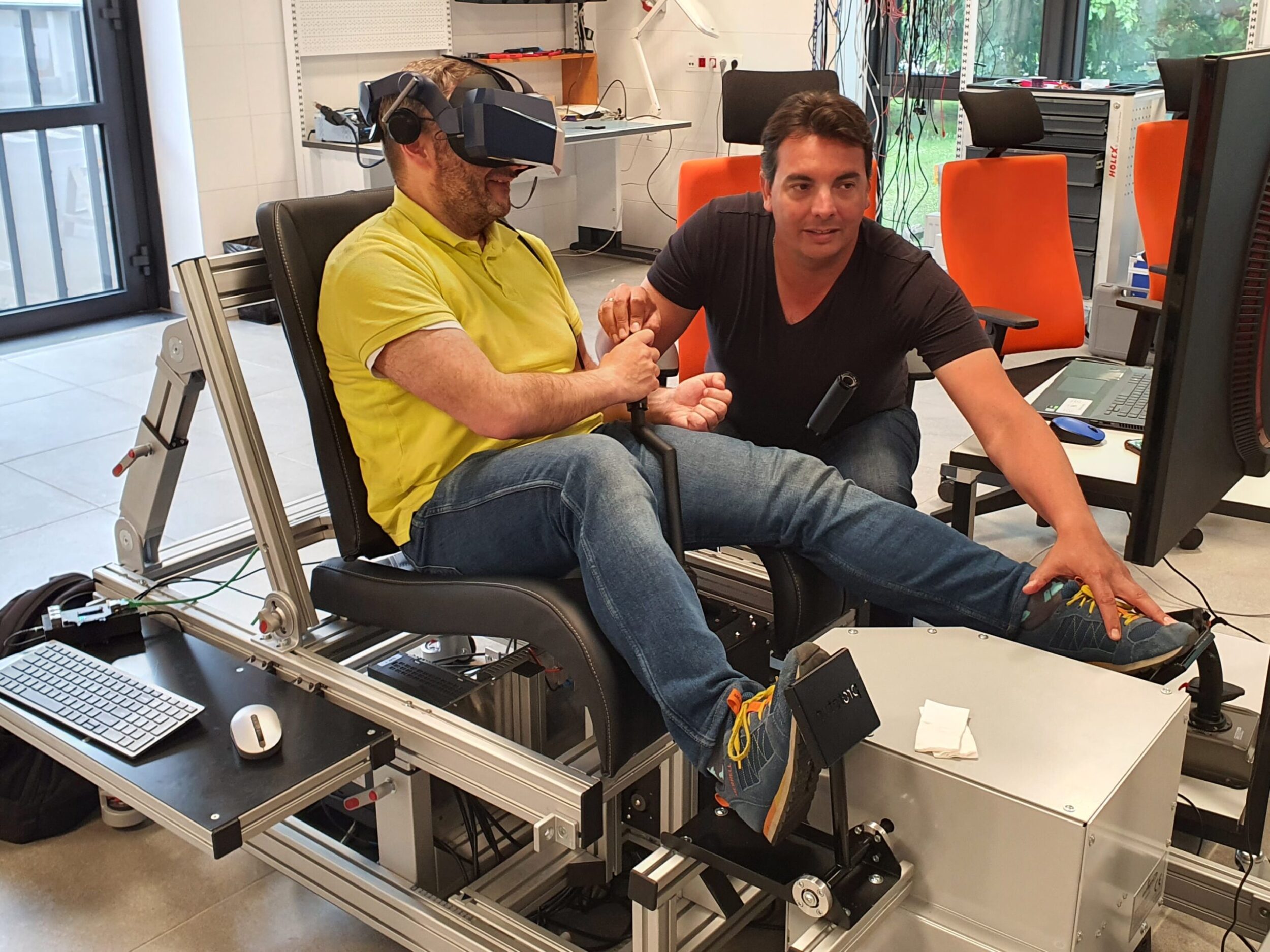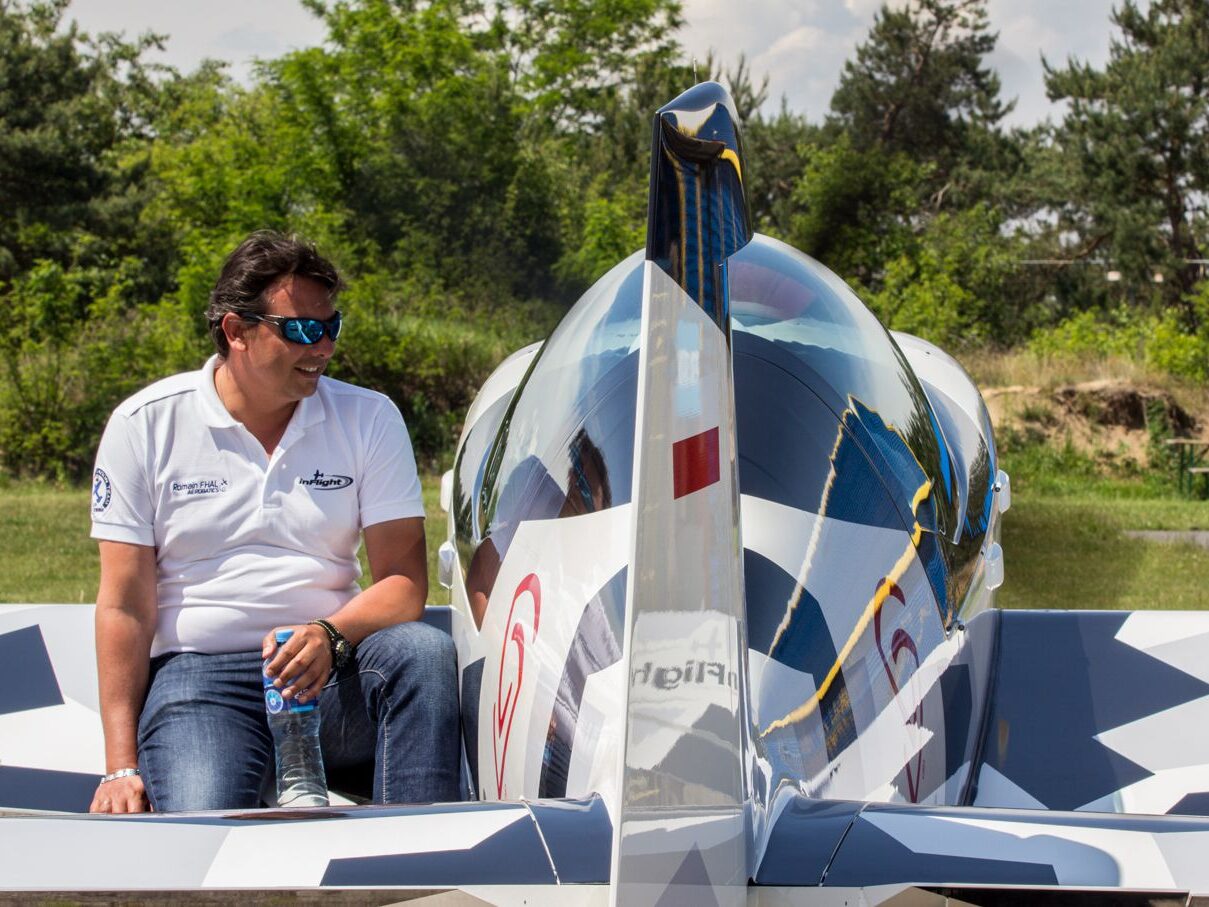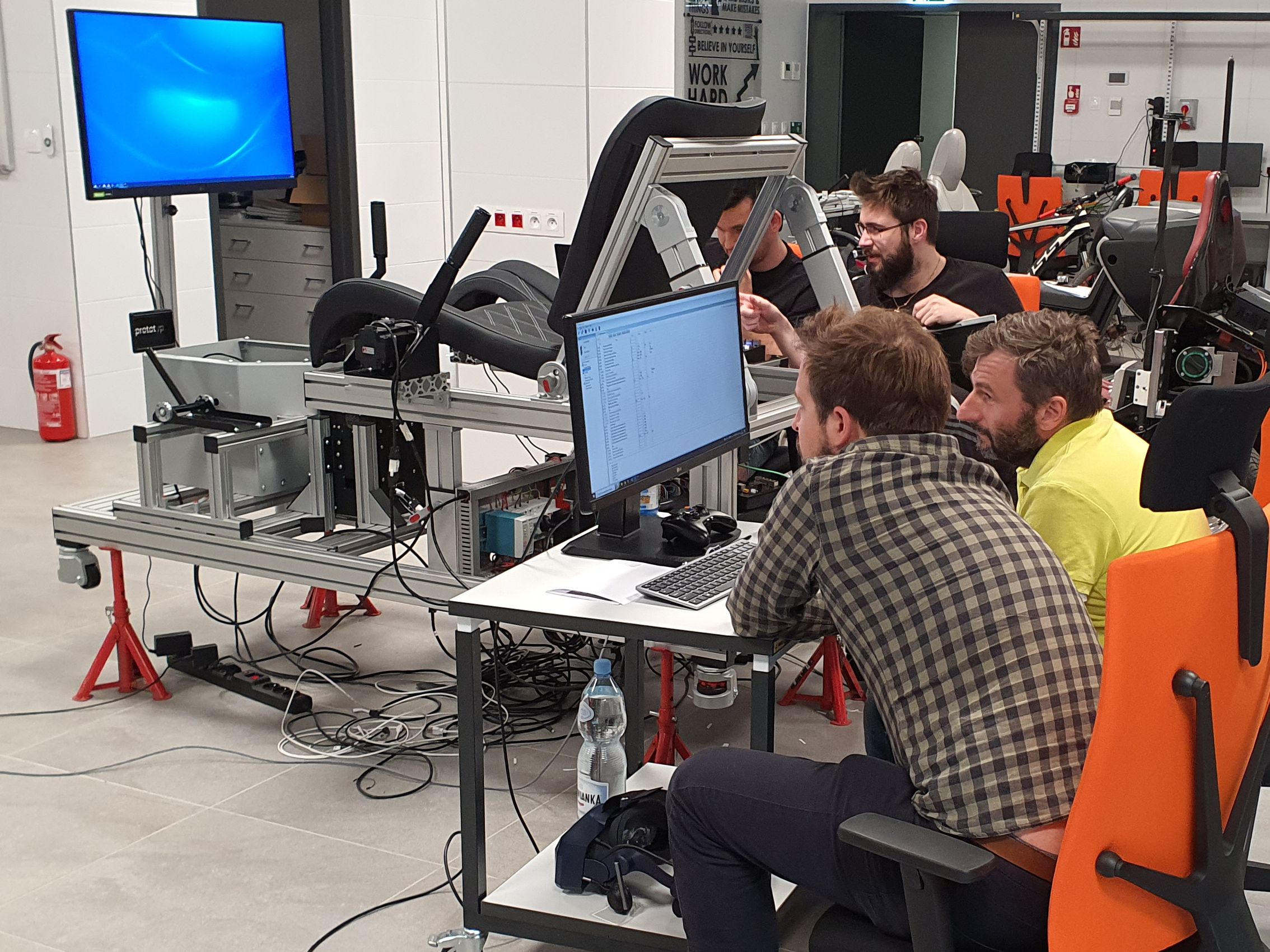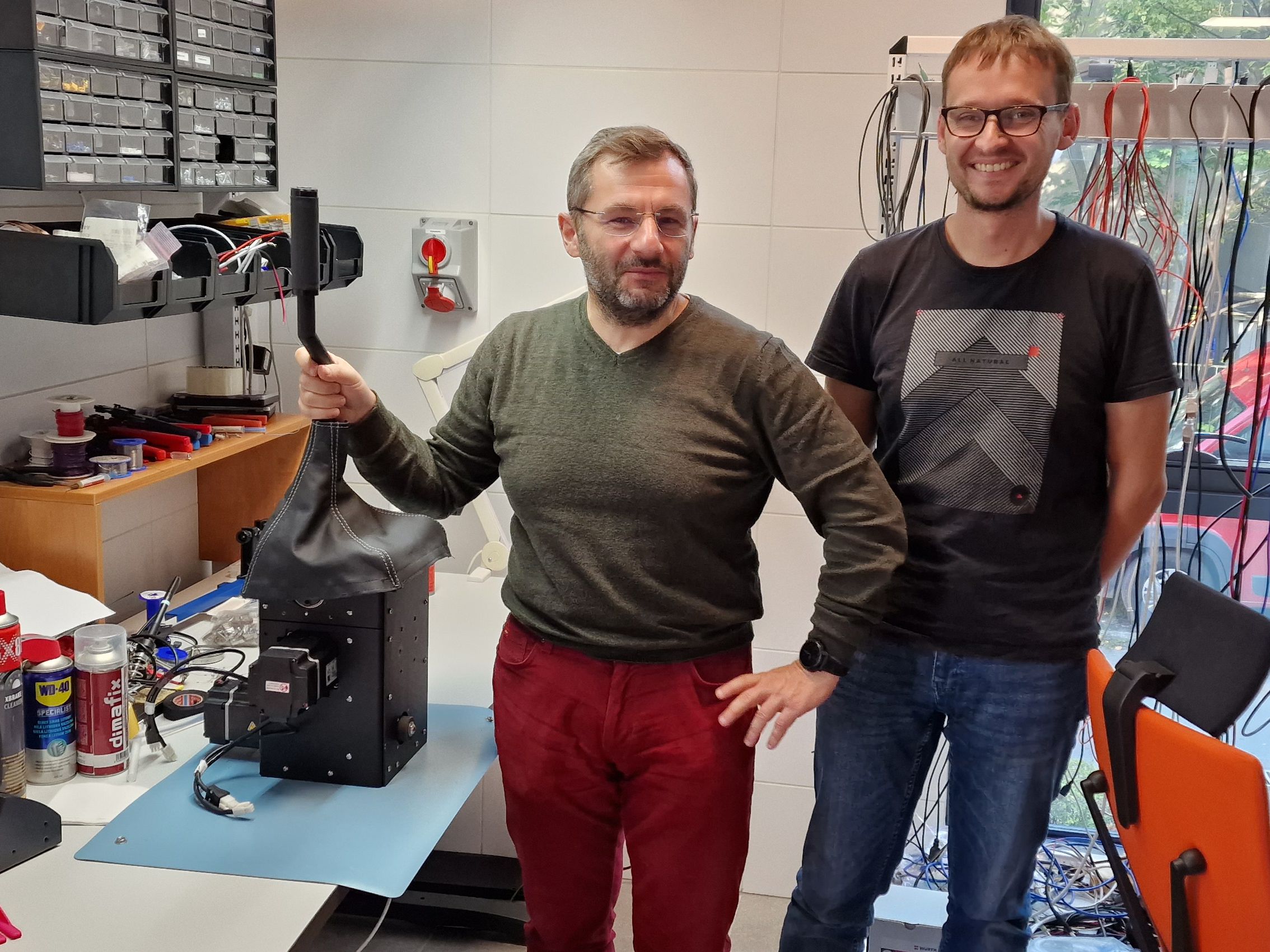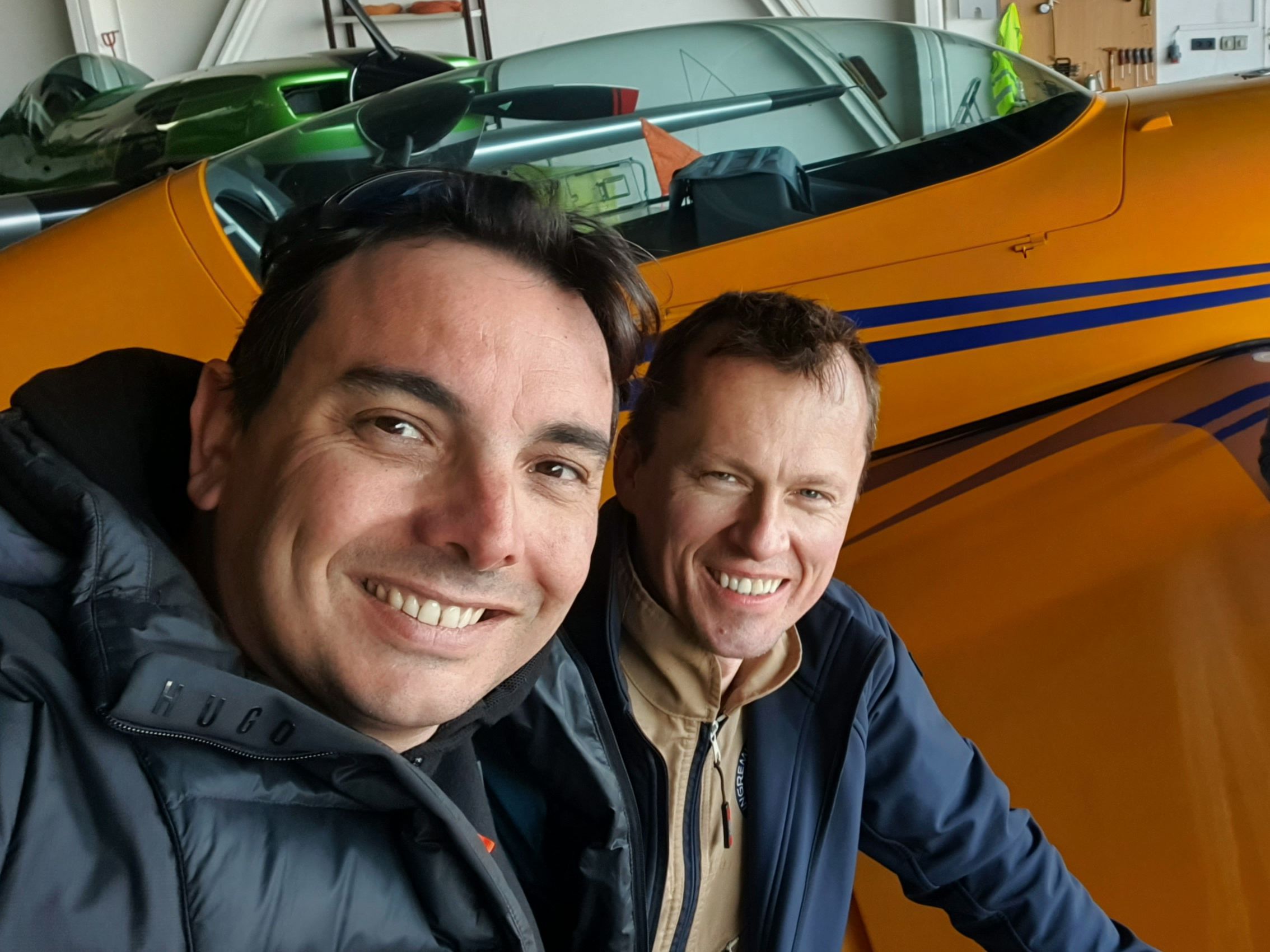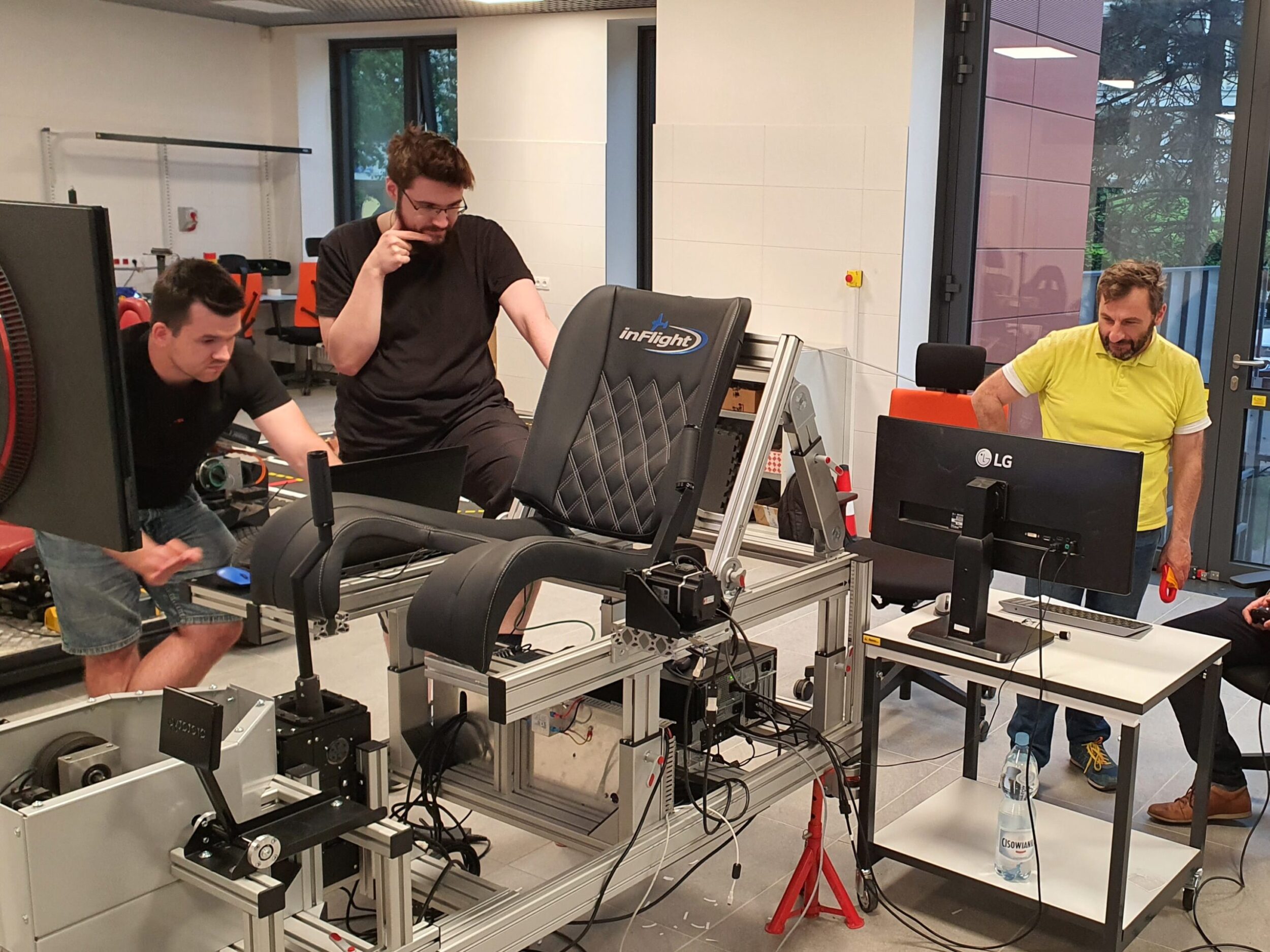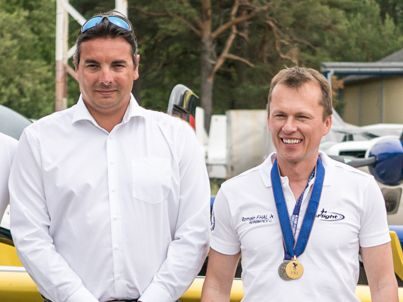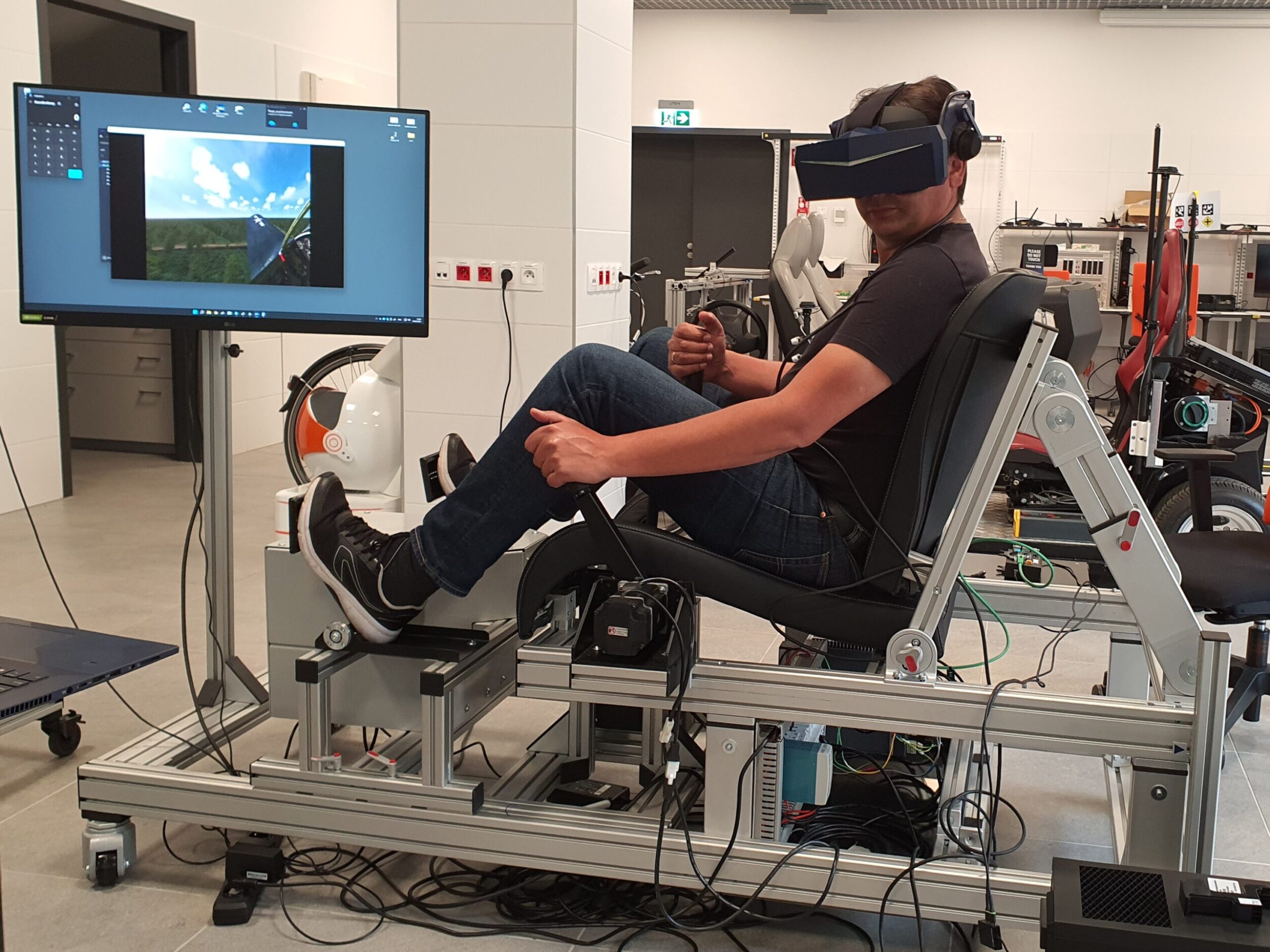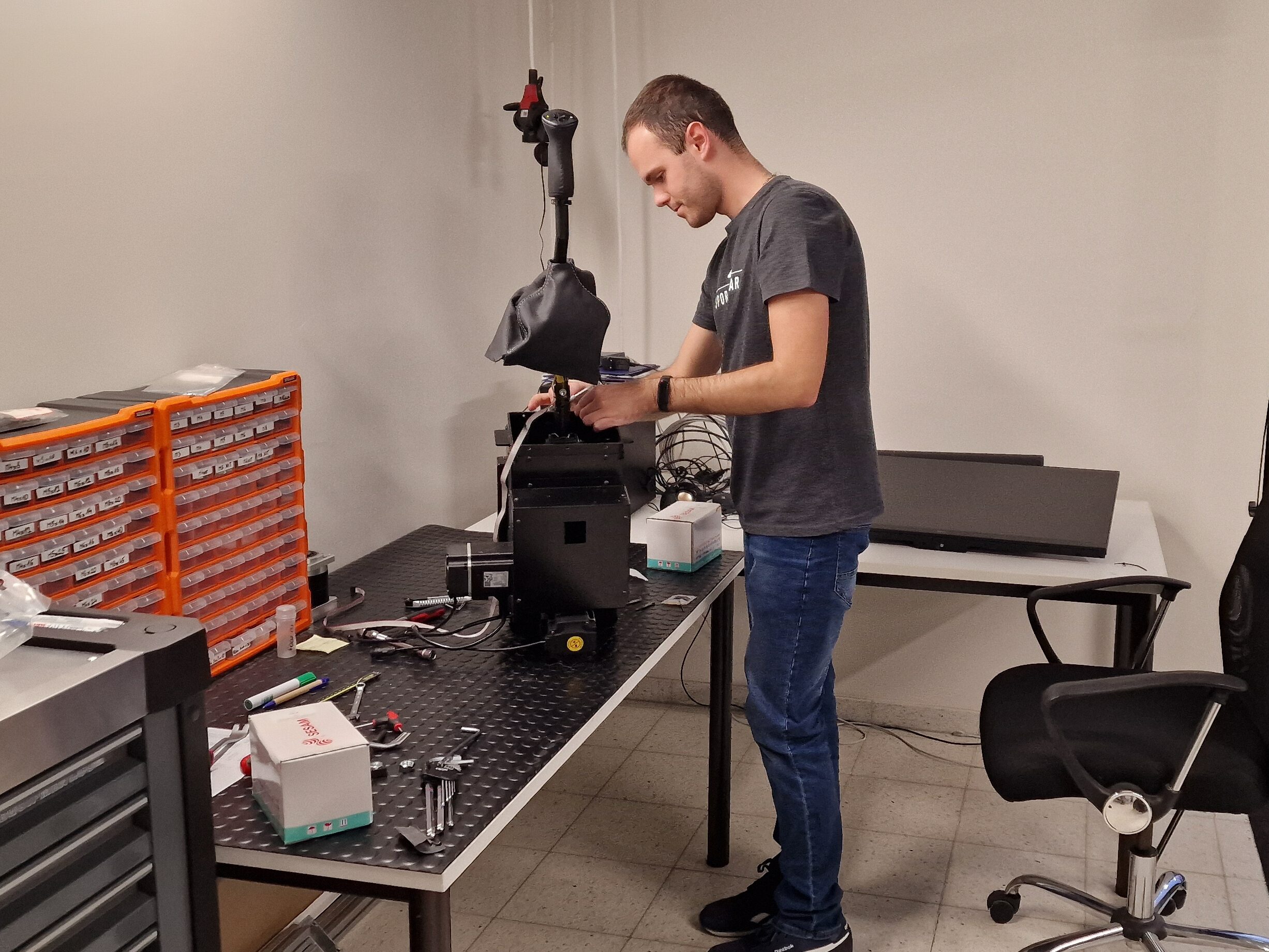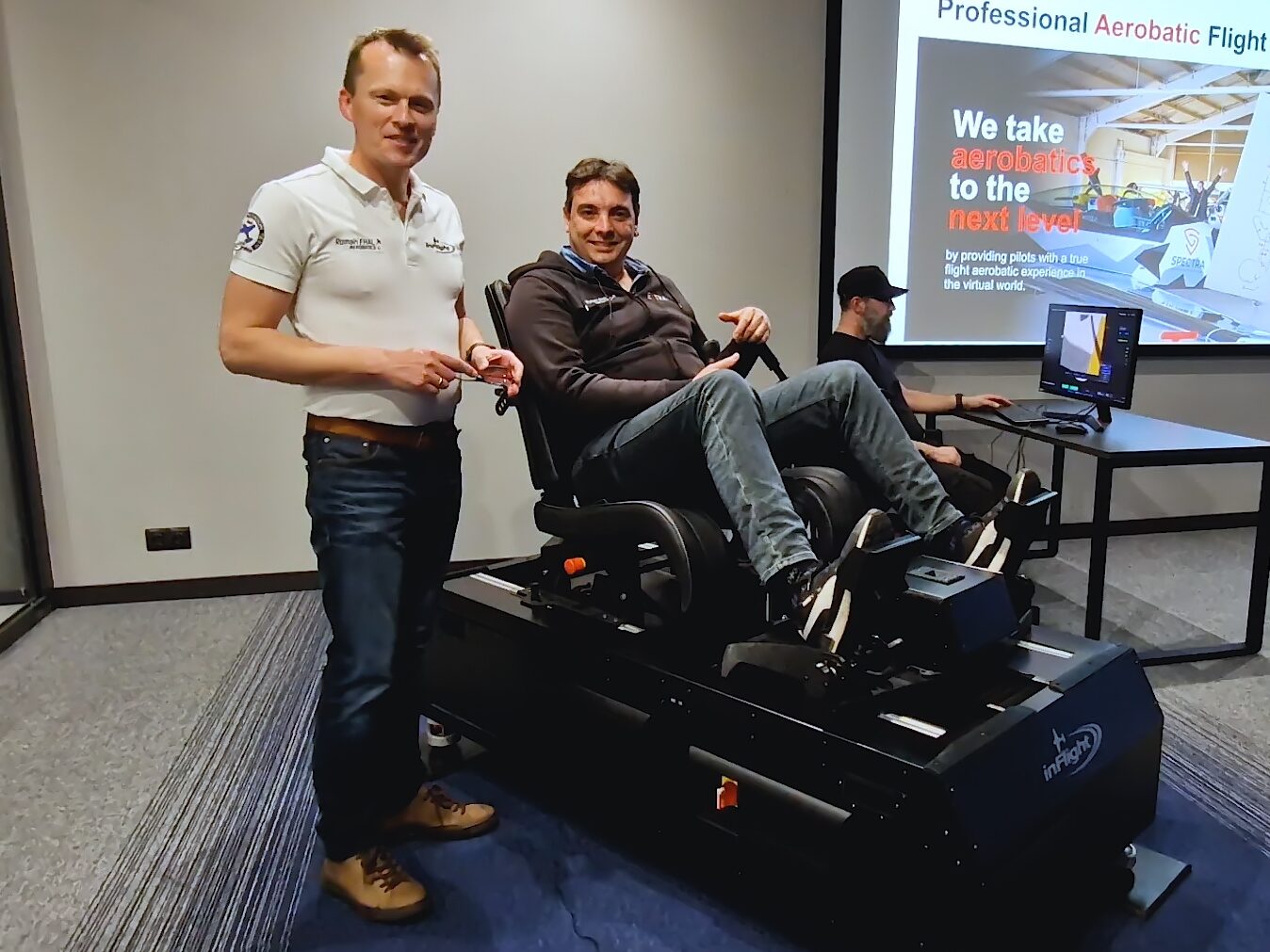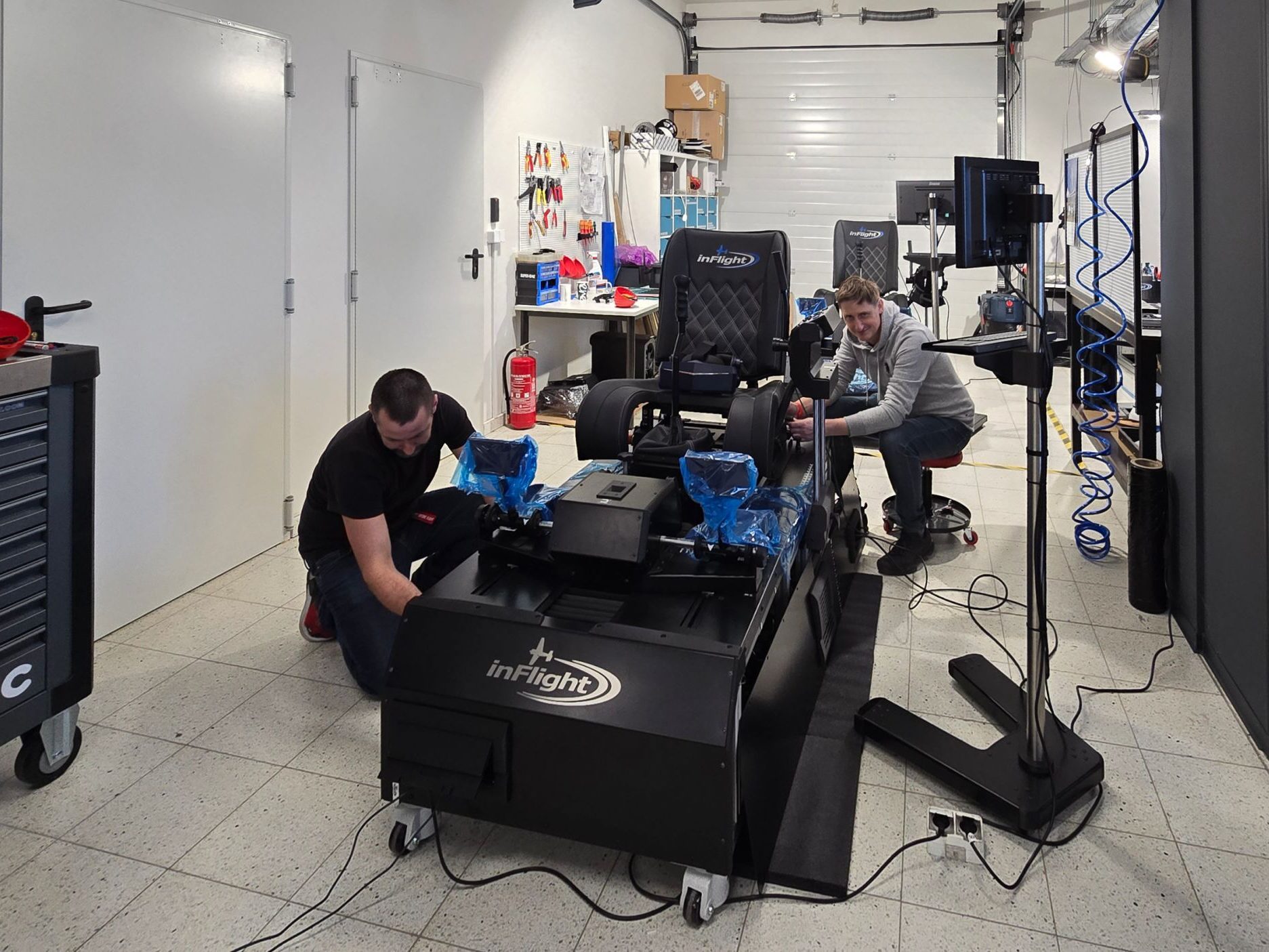From Concept to Sky: The Creation Story of the Inflight Profesional Aerobatic Flight Simulator
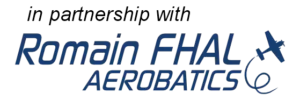
Dear Aviation and Aerobatics Enthusiast,
My name is Wojciech Kotulski, and I am the co-owner and director of market and product development at company INGREMIO, based in Poland, which owns the INFLIGHT brand - the producer of the world's first professional simulator for aerobatic flight training. INGREMIO specializes in the production of plastic pipes, but importantly, the company also has extensive experience in designing and building specialized production machinery and lines.
Personally, I am a sports aerobatic pilot and a member of the Polish National Aerobatic Team. To date, I have flown over 1500 hours, including around 350 hours in aerobatic aircraft such as Zlin 526, GenPro, Extra 300L, Extra 330 LC, Extra 330 LX, Extra 330 SC, and Extra NG.
When I began my journey in sports aerobatics, I competed in my first competition and finished near the bottom. I realized that to improve my skills and achieve better results, I needed to train more. Intensifying training in this sport is difficult, as it depends on the availability of suitable aircraft, weather conditions, time, and financial resources - aerobatic flying is an expensive sport. Each hour flown in a competitive aerobatic aircraft costs about 800 – 1000 Euros, covering only the rental and fuel of the aircraft. To stay in good shape, a competitor must fly 30-50 hours a year. Additionally, aerobatic pilots cannot perform too long training flights due to the physical limitations of the body. During training flights, a pilot is continuously subjected to G-forces reaching +8 / -5 G. One should not perform more than two training flights of 15-20 minutes per day, with a minimum interval of 4-6 hours between them.
All this led me to the idea of improving my aerobatic piloting skills on a simulator. Thus, I began searching for such a simulator and found that there were no available flight simulators in the world that met the basic requirements of aerobatics, i.e., allowing for observation with maximum head deflections in different directions, enabling control of the aircraft using a stick of the same length as in a real aerobatic aircraft, and using widely spaced pedals as in an aerobatic aircraft - these are key features required for precise aerobatic piloting. Additionally, precise geometry in replicating the position of the stick, pedals, and throttle lever is very important for training muscle memory. The control of a sports aerobatic aircraft is brutal, dynamic, and uses the maximum physical strength of the pilot - therefore, a simulator for aerobatic training must be very mechanically durable.
The lack of a suitable device and my knowledge of how it should work led me to decide to construct such a simulator for my own needs. I ordered the necessary parts, a powerful computer with a strong graphics card, VR goggles, and I built a simplified version of the simulator. When I first started it and flew in a virtual aerobatic aircraft, I was amazed at how much the simulator could help in aerobatic flight training...
From my initial experience with the simulator, I became convinced that manufacturing such devices could raise the level of aerobatic flying worldwide. Therefore, I resolved to develop a device with all the necessary functionalities and initiate its serial production within my company.
Finding the right specialists took me several months. Among the people I engaged were, among others, academic staff dealing with automation and robotics at the best technical university in Poland, computer scientists, designers, and precision mechanics engineers. The team also includes competitive aerobatic pilots, among them Romain Fhal, an unlimited class aerobatic pilot, recognized as one of the best coaches and aerobatic pilots in the world.
Every member of the team is passionate about what they do. From the very beginning, we all knew that we were working on something absolutely innovative on a global scale, which would influence world aerobatic flying.
Building the final version of the simulator was preceded by research, during which we:
• Conducted an analysis of training elements important from the point of view of sports aerobatic pilots;
• Performed research trials in flights on competitive aerobatic aircraft, during which we gained knowledge about their behavior in flight;
• Designed prototype simulator platforms, which included different variants of mechanisms replicating forces on the stick and pedals;
• Tested these mechanisms to select one that would provide the most faithful replication of the pilot's sensations while piloting an aerobatic aircraft;
• Designed and built the software to control the simulator platform;
• Created our own virtual models of aerobatic aircraft, which faithfully replicate the flight of real aircraft;
• Developed scenery of airfields with aerobatic box markers and judge positions.
After building the first prototype, we began tests involving several aerobatic pilots. We also conducted tests with aerobatic pilots from the United Kingdom, France, Poland, and Finland.
We have developed the final device, which we are introducing as the Aero Pro FS 2.1 aerobatic flight simulator into production. It is worth emphasizing that its effectiveness, depending on the training areas, is comparable to, if not higher than, training in a real aircraft. This observation aligns with experiences from the use of simulators in motorsports. In Formula 1 racing, for instance, the remarkable efficiency of simulators has led drivers to spend 80% of their training time in simulators and only 20% in actual cars. I am confident that a similar trend will emerge in aerobatic flying. This shift will not only enhance the accessibility of this sport to many new pilots but also reduce costs and contribute positively to the improvement of pilots' skills.
I invite you to test and personally experience flights on our simulators!
Wojciech Kotulski, Aerobatic Pilot, Chief of the Project
